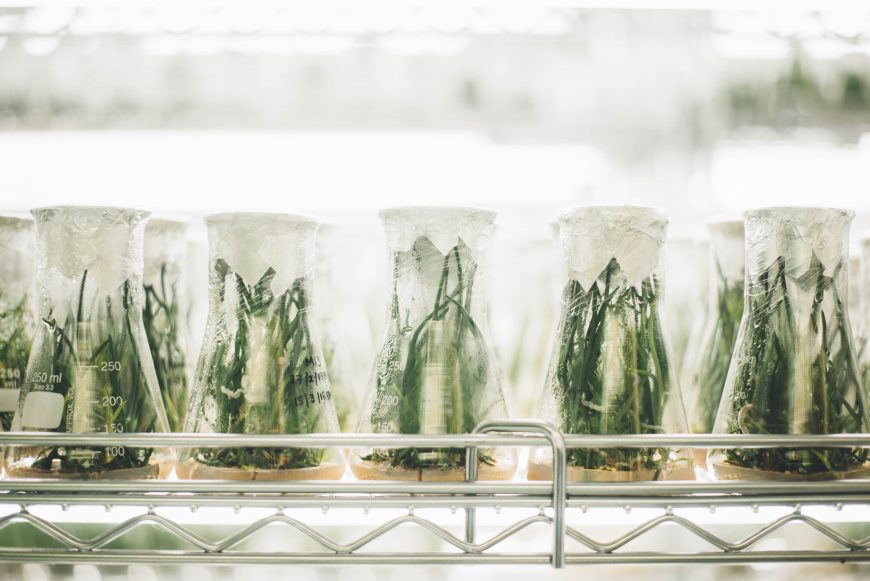Does your cannabis quality management system live up to GPP or GMP standards?
GPP vs GMP for Cannabis Quality Assurance
Recreational and medicinal cannabis is spreading through the US and Canada. This fantastic opportunity to expand cannabis businesses has producers, processors, packagers, and dispensaries wondering what quality assurance measures will need to be taken. It's important that you become a licensed cannabis producer to take advantage of this all. Canada's former Access to Cannabis for Medicinal Products Regulations (ACMPR) and current Cannabis Act Compliance (Cannabis Act, or Bill C-45) requires licensed producers to implement and adhere to Good Production Practices (GPP), but some producers are going a step further to voluntarily adhere to more stringent regulatory guidance in an effort to ensure they are producing the safest and most consistent cannabis possible.
What is GPP?
GPP stands for Good Production Practices. GPP has been the standard Canadian guidance that Licensed Producers (LPs) have followed. GMP, which stands for Good Manufacturing Processes, is another regulatory guidance that some producers are opting to institute. Regulatory bodies like the Food & Drug Administration, or Health Canada, adopt stringent standards for risk management - especially when it comes to health products or ingestibles. So what is the difference between GPP and GMP?
GPP requires producers to have a structured quality system that has steps to check for adherence to quality standards at each step of the manufacturing process. This results in predictably higher product quality. While GPP is the standard for Canada, LPs in Europe more often are required to follow GMP guidelines which requires producers to control environmental variables along with quality checks throughout the manufacturing process.
GMP systems specific to cannabis should also include more product testing to screen for THC and CBD levels, along with tests for microbial contamination, and screening for pesticides and heavy metals.
How GMP is Different from GPP
Both GPP and GMP require producers to have standard operating procedures, sanitation programs, and systems to track products, product quality, and conduct recalls if necessary. Both systems are ways to ensure product quality, safety, environmental protection, and prevent contamination. Though GMP takes these steps further. GMP systems specific to cannabis should also include more required tests and product testing to screen for THC and CBD levels, along with tests for microbial contamination, and screening for pesticides and heavy metals. GMP compliance is no simple matter, however it does make it possible to gain product access to Europe, or differentiate in a crowded market.
Other Quality Regulation Guidance for Cannabis Production
In addition to GPP and GMP, there is another set of regulations called Good Agricultural and Collection Practices (GACP), that the WHO applies to herbal medicinal products like cannabis. In the US, a version of GACP is Good Agricultural Practices (GAP) which serves the same purpose to ensure that plants used for medicine are grown and harvested in a way that harvested crops can be traced back to the seeds or mother plants used to grow or clone plants.
Streamline Cannabis Cultivation
WHO Guidelines on Good Agricultural and Collection Practices (GACP) for Medicinal Plants
Core Components of a Quality System
Regardless of which regulatory guidance a product falls under, they all have some common traits like using validated Standard Operating Procedures (SOPs), having a sanitation program, monitoring personnel, and ensuring the facility is designed to reduce risks and maintained in good order. Generally, these are referred to as guidance documents, and are a critical aspect of certification or GMP inspection. In order to organize these programs and documents, a quality manual is generally employed to define the scope of those programs and practices.
Another common element to a quality system is a HACCP (Hazards Analysis and Critical Control Point) plan. A HACCP plan determines what points in the manufacturing process present risks, what those risks are, how to prevent them, and how corrective actions will be handled if there is an error or abnormality at a control point. Both the HACCP plan and quality manual are based off of guidance like GPP or GMP and used for risk management.
In the US, federal guidance cannot be enforced and producers couldn’t have a GMP or GPP registered facility because of the federal status of cannabis as a schedule I drug. Nonetheless, independent certifiers and consultants are starting to help producers who are voluntarily practicing regulatory guidance because they believe that quality does matter.
Why Product Quality Matters
Whether marijuana is being used medically or recreationally, consumers and patients deserve access to safe cannabis drug products that have predictable and accurate potency. Canada is leading the way in establishing regulatory guidance that support this need and many producers are willing to go the extra mile and take on GMP practices because they realize the value it has for consumers and patients.
In the US, cannabis was a legitimate medicine up until federal prohibition in the 1960s. The FDA received numerous proposals to reschedule cannabis but has denied those requests under the claim that they could not conclude cannabis had an acceptable level of safety, including having consistent and predictable potency, product quality, and proof that it was free of contamination.
While independent certifiers in the US meet this claim by embracing lab testing and voluntary GMP and GPP practices, Canada is leading the way in showing how national regulations can adapt to cannabis to ensure cannabis is safe, consistent, and free of contamination.
Canada is leading the way in establishing regulatory guidance that support this need and many producers are willing to go the extra mile and take on GMP practices because they realize the value it has for consumers and patients.
Understanding the differences between GPP and GMP is critical to preventing contamination, and ultimately producing quality product. The differences can be complicated however, which is why it's so important to consult with experienced industry advisors like GrowerIQ.
For more information about our GPP and GMP standards, and which platform you should use to stay compliant, please click below.
Recommended For You
Revolutionizing Efficiency: How Production Management Software Transforms Creative Industries into Powerhouses
January 2, 2026Unlock the Secret to Thriving Greenery: Discover the Best Organic Fertilizer for Seedlings Today!
December 30, 2025Cannabis Conventions: Where Innovation Meets Culture in the Heart of the Green Revolution
December 29, 2025About GrowerIQ
GrowerIQ is changing the way producers use software - transforming a regulatory requirement into a robust platform to learn, analyze, and improve performance.
To find out more about GrowerIQ and how we can help, fill out the form to the right, start a chat, or contact us.

